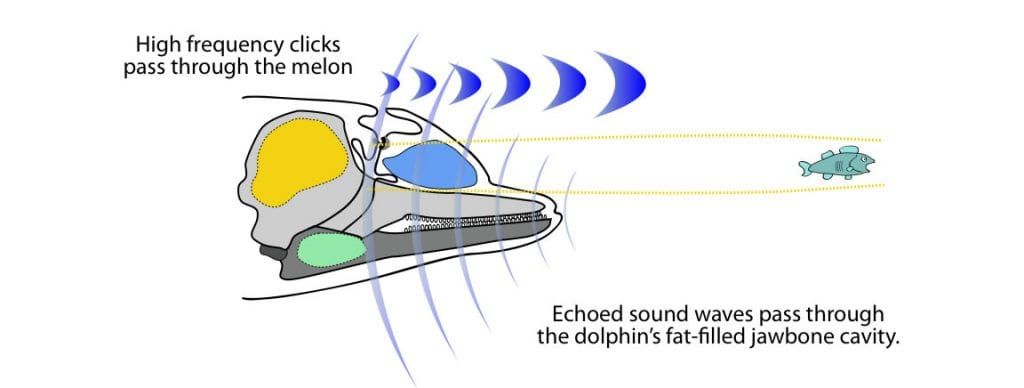When we think of marine communication, our minds often jump to the clicks and whistles of dolphins and the haunting songs of whales. These majestic creatures are not only masters of their ocean environments, but they are also masters of communication. In this article, we will explore the fascinating ways in which dolphins and whales communicate underwater and the valuable lessons we can learn from their sophisticated communication systems.
The Language of Dolphins
Dolphins are known for their complex system of clicks, whistles, and body language. These sounds are produced by passing air through their nasal passages and can travel for miles underwater due to the excellent conductivity of sound in water. Dolphins use these sounds to communicate with each other, navigate their environments, and coordinate their hunting strategies.
One of the most remarkable aspects of dolphin communication is their ability to create signature whistles. Each dolphin has its own unique whistle, similar to a human fingerprint. These whistles allow dolphins to identify and call out to each other in the vast ocean, even when separated by long distances.
The Songs of Whales
Whales are famous for their haunting and melodic songs, which can travel for hundreds of miles underwater. These songs are composed of a series of complex sounds and are thought to play a crucial role in mating rituals and social bonding within whale pods. Whales are also known to use echolocation, a process in which they emit sounds and listen for the echoes to navigate their environments and locate prey.
One of the most intriguing aspects of whale communication is the cultural transmission of their songs. Different whale populations have distinct vocal dialects and songs that are passed down from generation to generation. This cultural exchange of songs is a testament to the social complexity and intelligence of whales.
Lessons from Marine Communication
As humans, we can learn valuable lessons from the sophisticated communication systems of dolphins and whales. These marine creatures demonstrate the importance of clear and effective communication in order to navigate complex environments, coordinate group activities, and maintain social bonds.
Furthermore, the cultural transmission of songs among whales highlights the significance of preserving and passing on traditions and knowledge to future generations. Just like whales, we must remember the importance of our cultural heritage and the power of communication in fostering connection and understanding among different communities.
Conclusion
In conclusion, dolphins and whales are truly masters of marine communication. Their intricate systems of clicks, whistles, and songs showcase the depth of their intelligence and the importance of communication in their underwater world. By studying and appreciating the communication strategies of these magnificent creatures, we can gain valuable insights into the power of language, culture, and social bonds in our own lives.
Next time you hear the clicks of a dolphin or the songs of a whale, take a moment to marvel at the beauty and complexity of their communication. For they are not just marine creatures, but living examples of the profound ways in which communication shapes our world.
